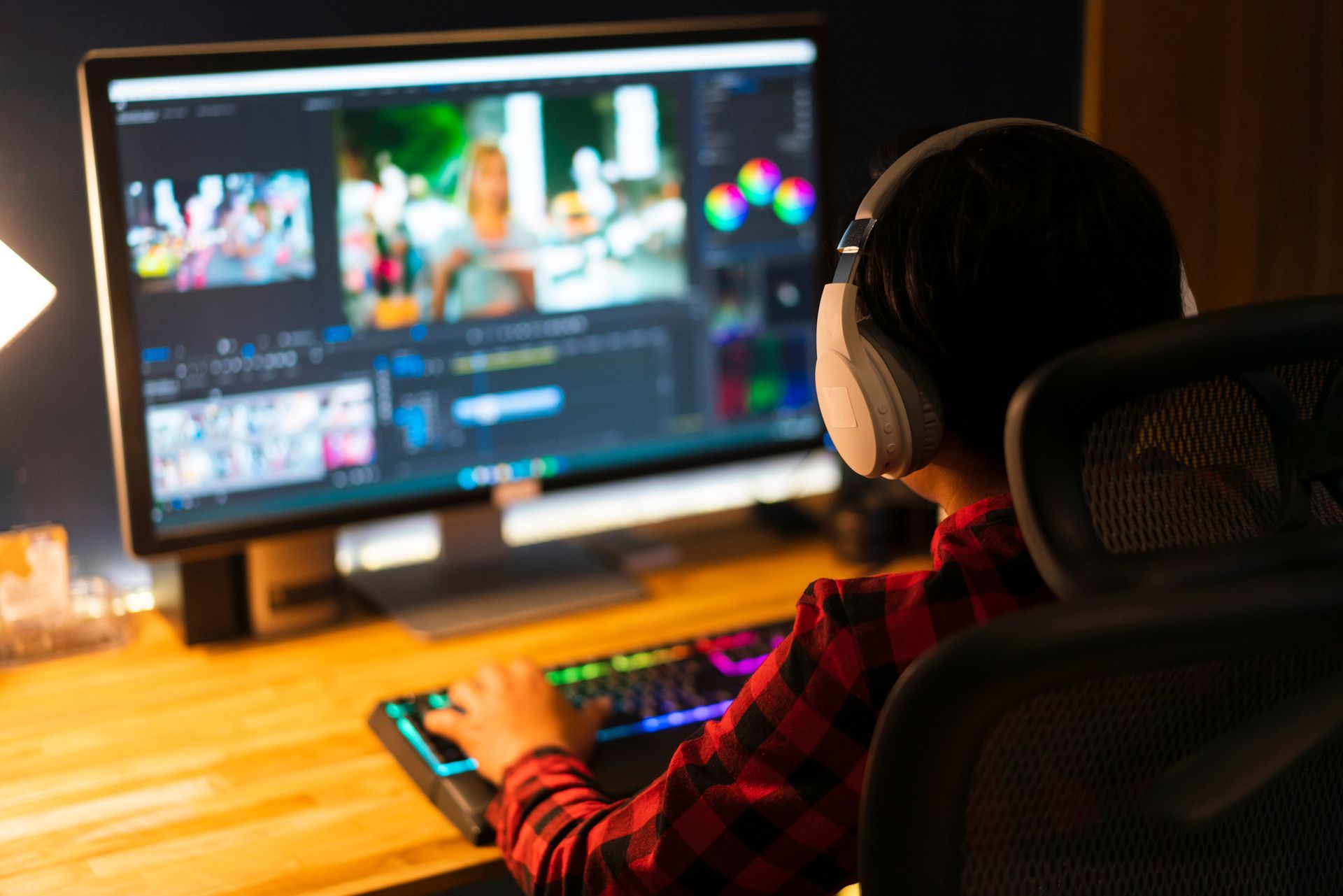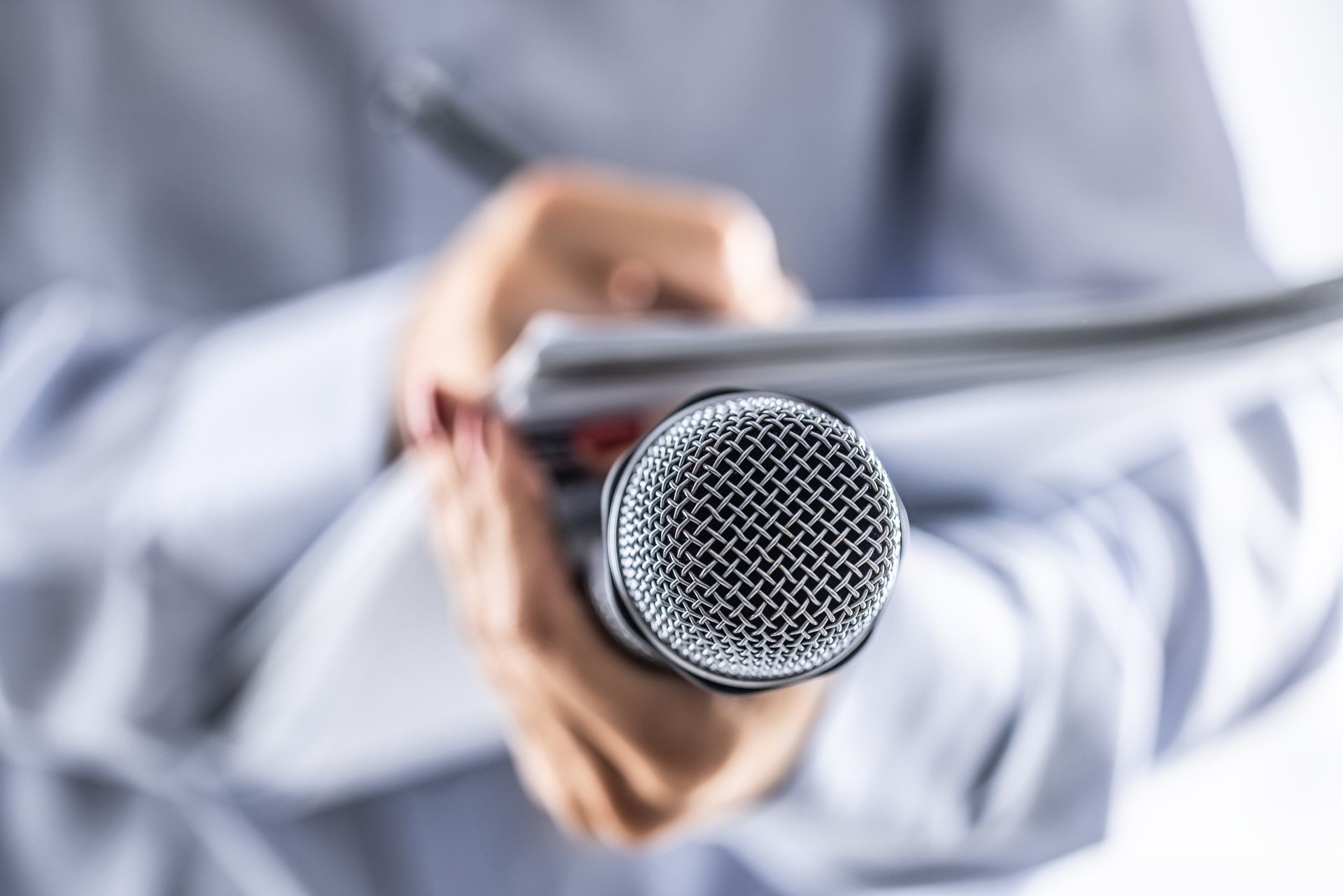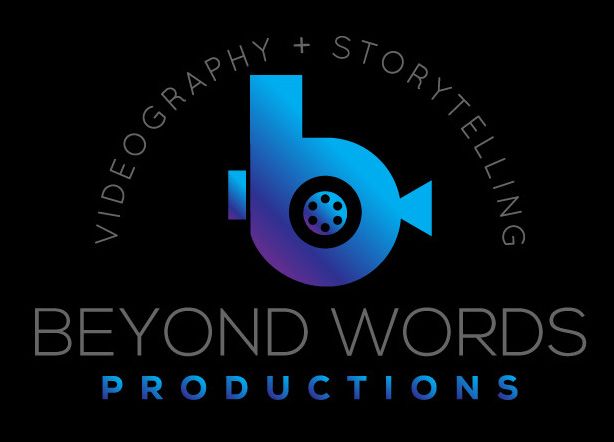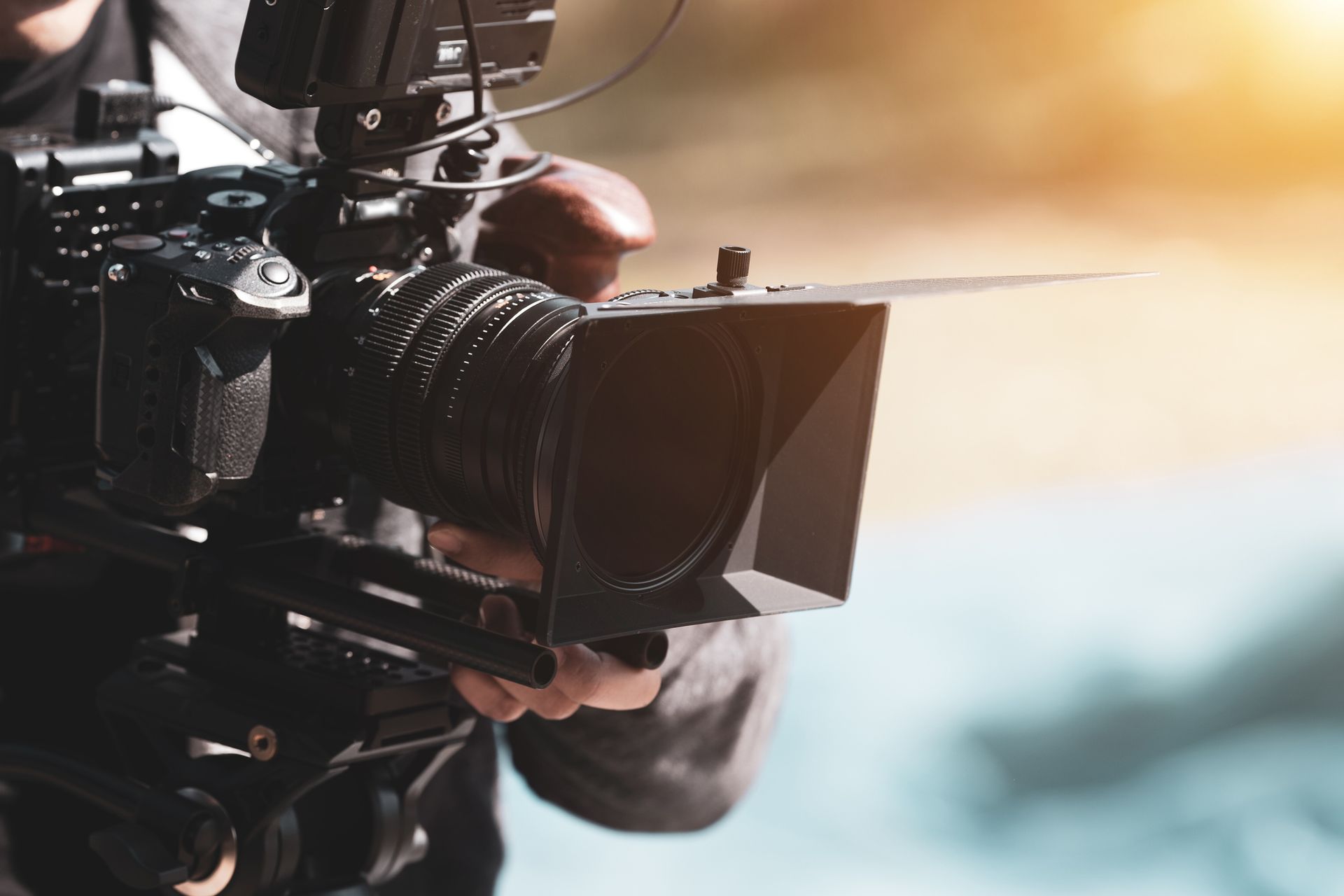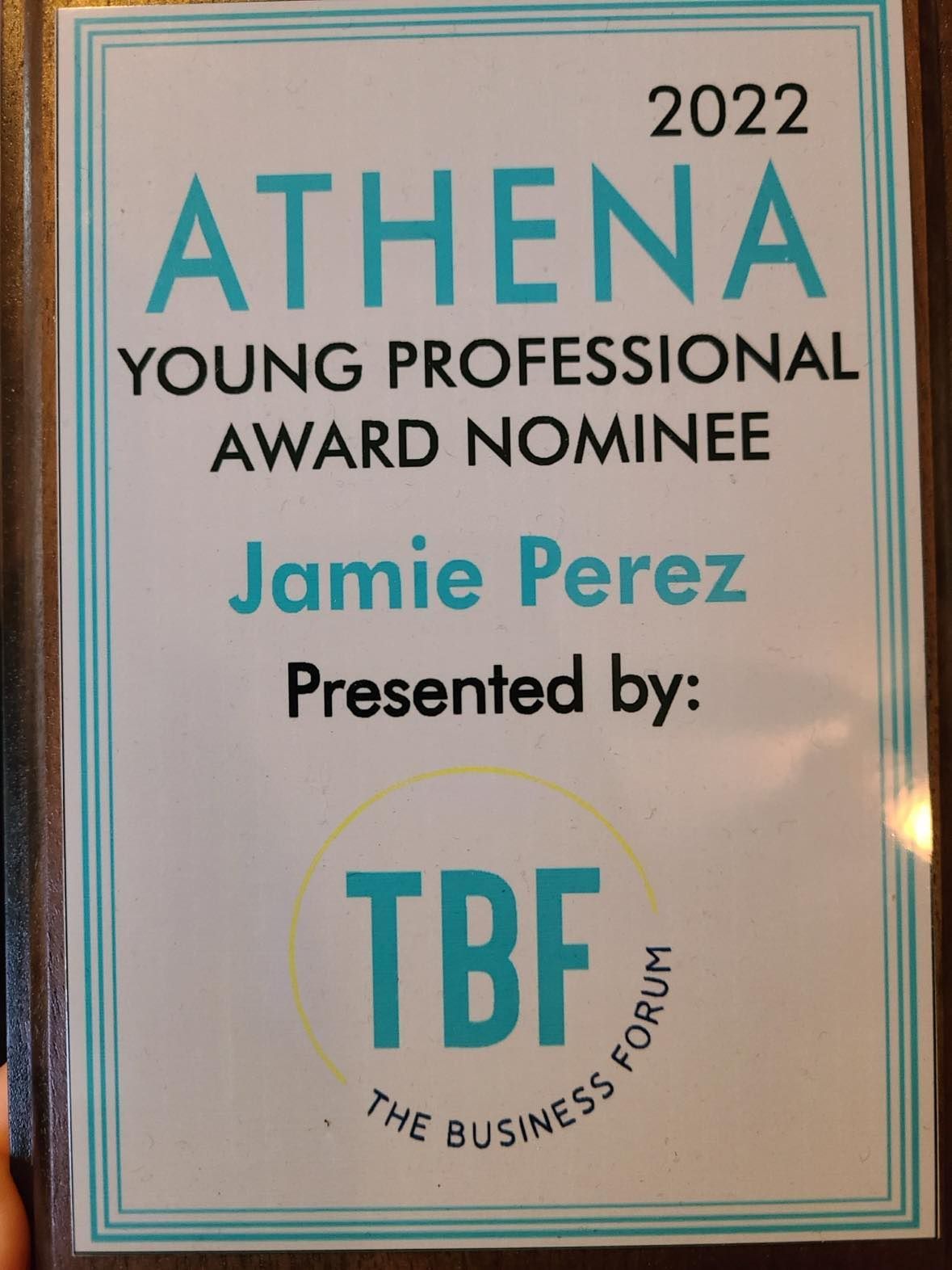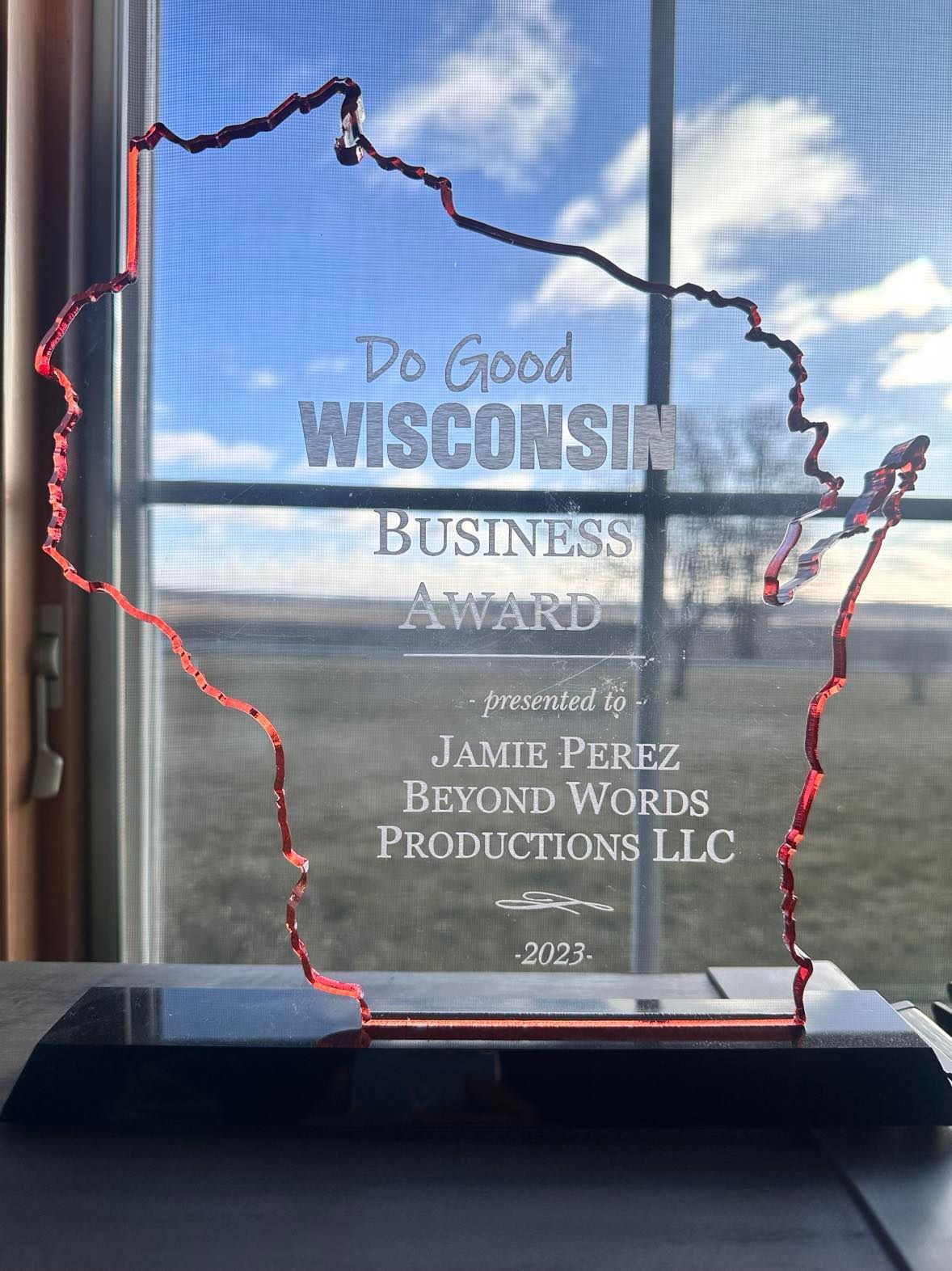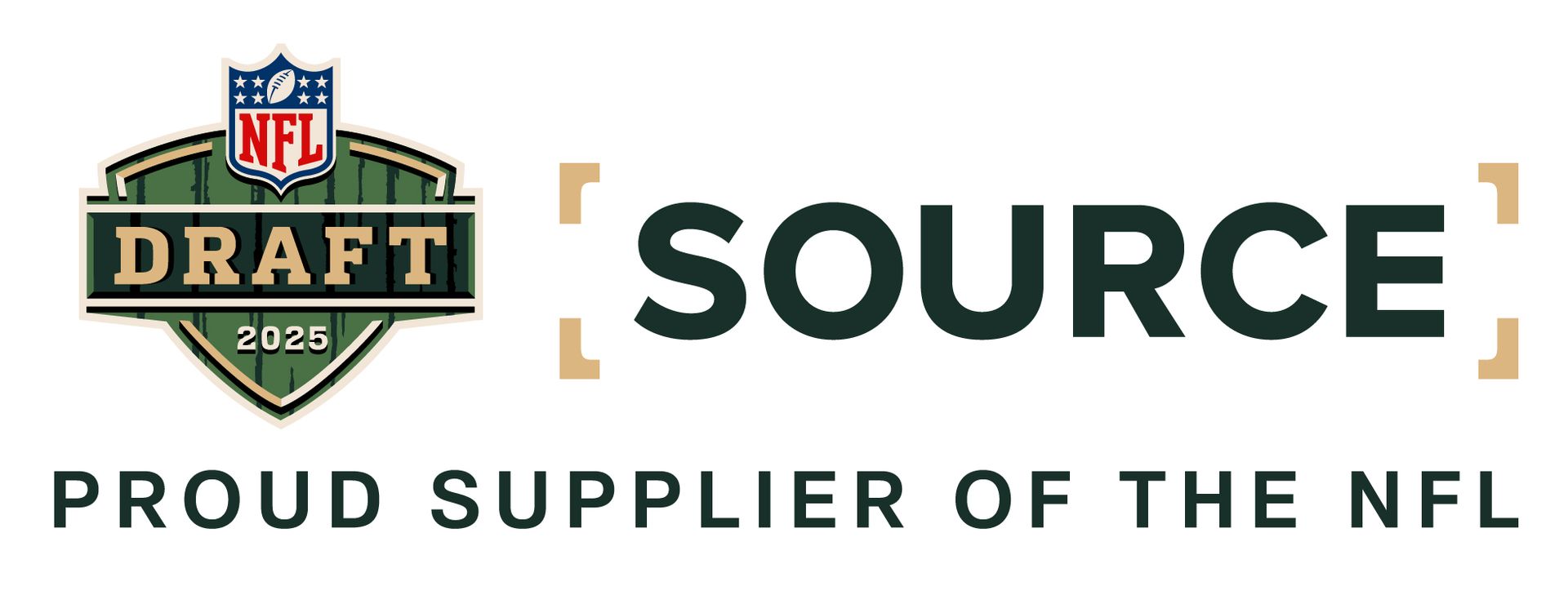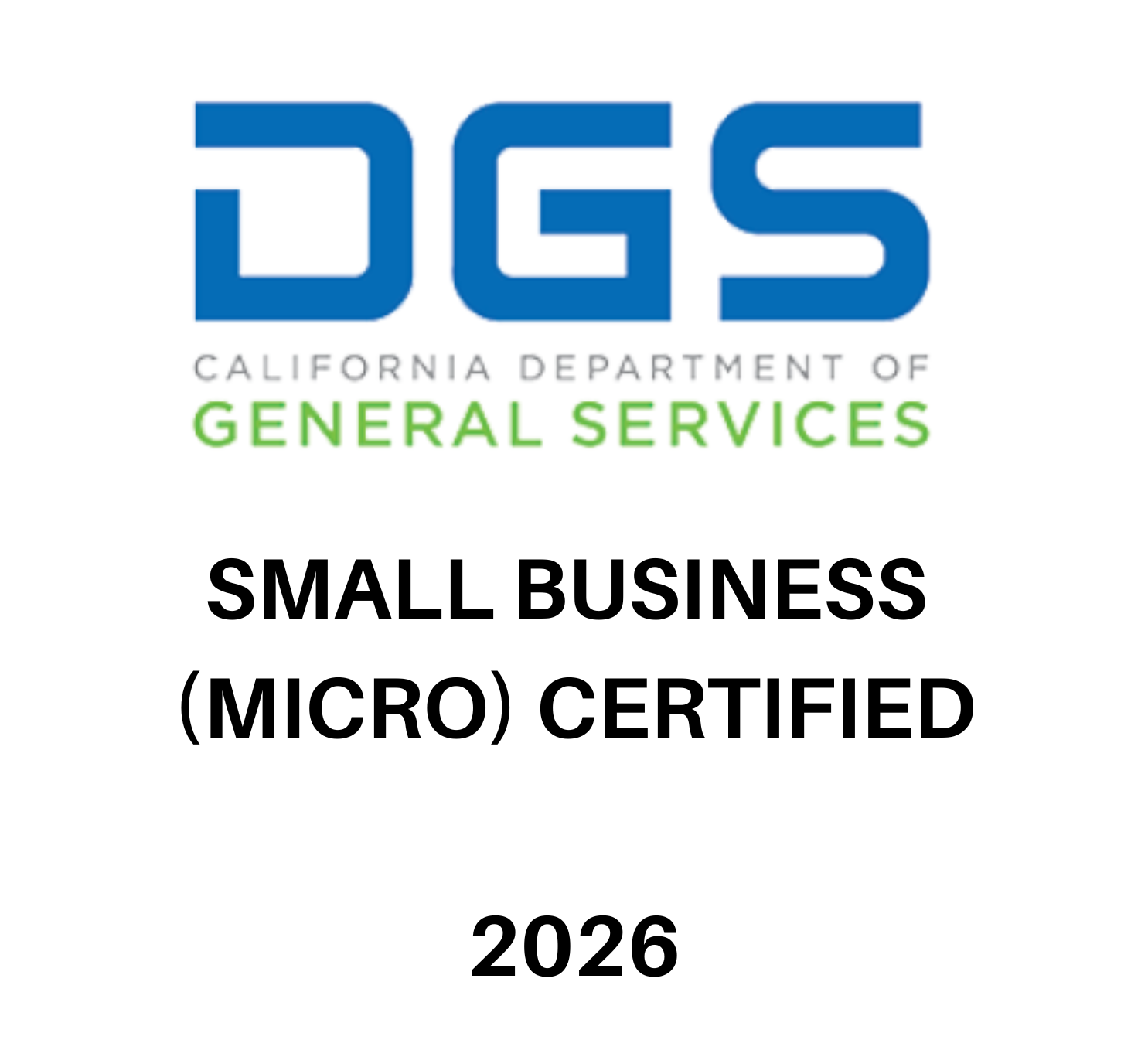How to make a professional and engaging video in 1-2 minutes
In the ever-evolving landscape of digital content world, the phrase "less is more" has never held more truth. In a world where attention spans becoming shorter and shorter, capturing your audience's attention has become an art form. This is where the importance of keeping videos under 2 minutes comes into play. So how do you make a professional and interesting video in one to two minutes? Let’s dive in!
Short Attention Spans, Big Impact
Our attention spans continue to grow smaller and smaller. Studies show that our attention span is only about 8 seconds. With our age of scrolling combined with a constant stream of notifications, social media updates, and endless content choices, the ability to engage viewers within seconds is crucial. Videos that exceed the 2-minute mark risk losing their grip on the audience. By adhering to this time limit, you're more likely to hold their attention and convey your message effectively. I would even go so far to say, keep it under 60 seconds for videos you’re posting to social media. The two-minute rule is good to follow for videos posted to your website, YouTube or videos you play at events.
Concise Messaging
In today's fast-paced world, brevity is key. A two-minute video forces you to laser focus your message down to its core, cutting out any other unnecessary details. Rather than overwhelming viewers with an information overload, focus on highlighting the most compelling aspects of your business or product. Emphasize the points that answer the question, “Why should I care?” Remember, the goal is not to explain every facet of your biz, but to spark curiosity and encourage further exploration.
The Teaser Effect
Think of your short video as a teaser trailer for your business. Just like how a movie trailer leaves you eager to watch the entire film, a well-crafted video under two minutes can ignite curiosity and leave viewers craving more. It's the first step in a tactful plan that leads your audience to learn more about you, spend more time on your page, share, or take action.
Encouraging Further Exploration
The beauty of a brief video lies in its ability to serve as a gateway to deeper engagement. By keeping your content succinct, you pique viewers' interest and prompt them to delve deeper into your website, social media profiles, or other platforms where they can access more comprehensive information. This not only allows you to maintain control over the narrative but also enables you to tailor the user experience to match their level of interest.
Final Thoughts
In a world where digital content competes for our attention at every turn, the value of brevity cannot be overstated. By adhering to the 2-minute rule, you're not only adapting to the realities of modern attention spans but also crafting a strategic tool that entices viewers to learn more. Use these tips to create a video in one to two minutes! And remember: keep it short, keep it focused, and keep them coming back for more.
